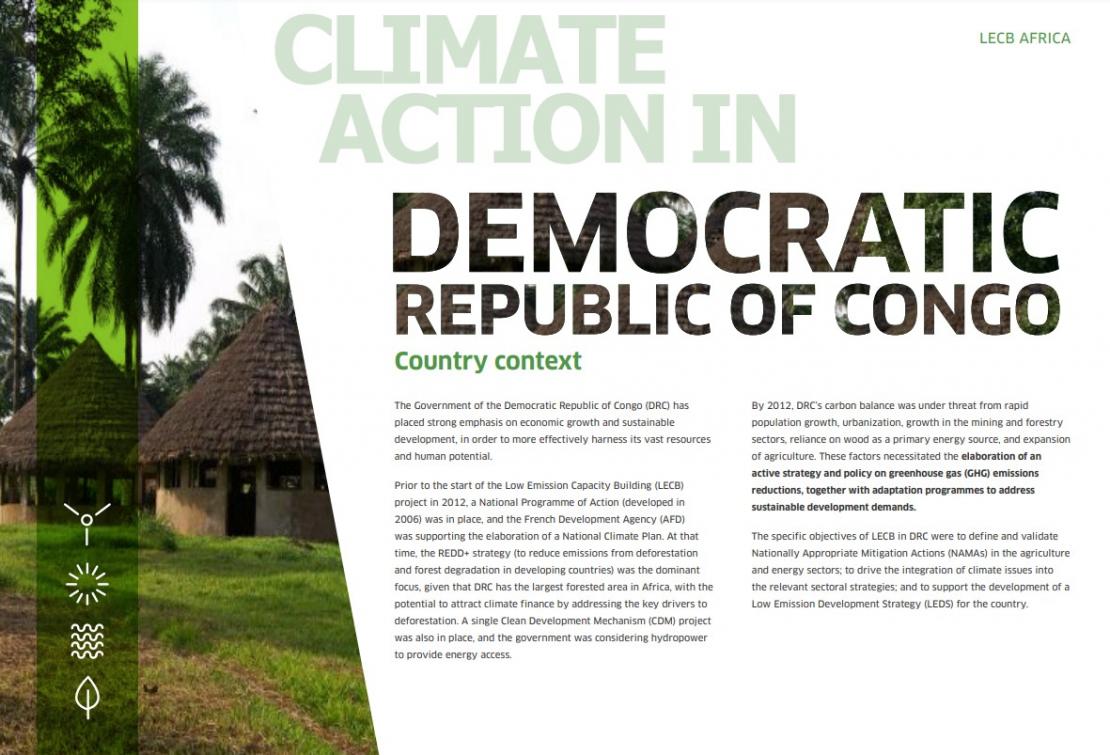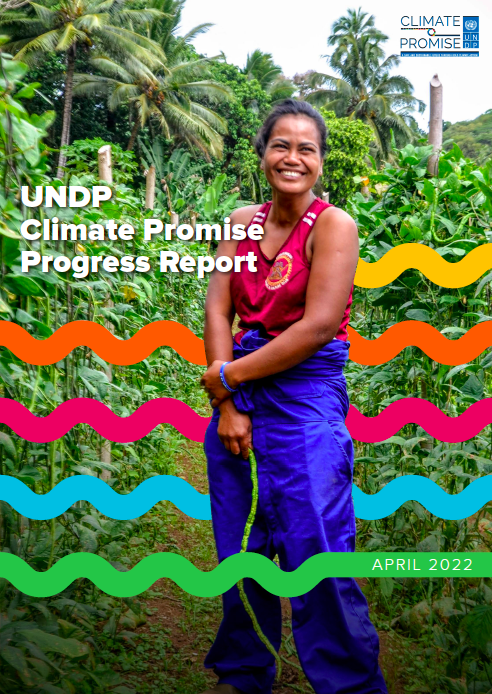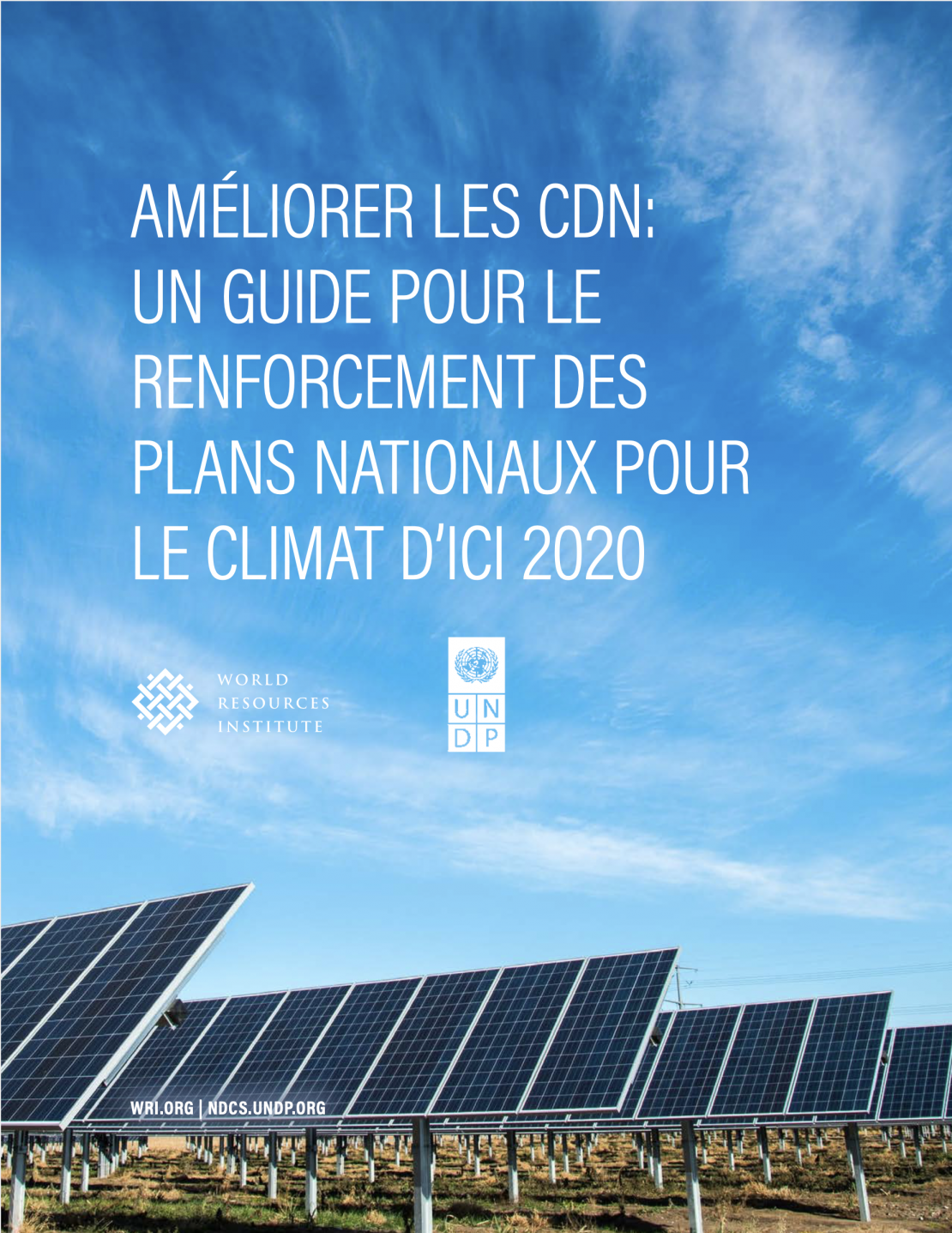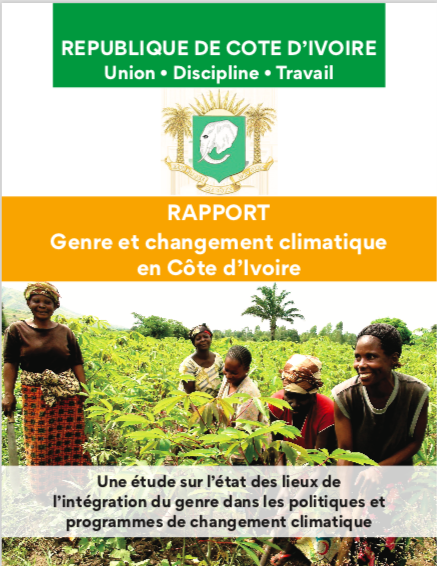LECB Programme Impact and Results: Democratic Republic of Congo

Prior to the start of the Low Emission Capacity Building (LECB) project in 2012, a National Programme of Action (developed in 2006) was in place, and the French Development Agency (AFD) was supporting the elaboration of a National Climate Plan. At that time, the REDD+ strategy (to reduce emissions from deforestation and forest degradation in developing countries) was the dominant focus, given that DRC has the largest forested area in Africa, with the potential to attract climate finance by addressing the key drivers to deforestation. A single Clean Development Mechanism (CDM) project was also in place, and the government was considering hydropower to provide energy access.
By 2012, DRC’s carbon balance was under threat from rapid population growth, urbanization, growth in the mining and forestry sectors, reliance on wood as a primary energy source, and expansion of agriculture. These factors necessitated the elaboration of an active strategy and policy on greenhouse gas (GHG) emissions reductions, together with adaptation programmes to address sustainable development demands. The specific objectives of LECB in DRC were to define and validate Nationally Appropriate Mitigation Actions (NAMAs) in the agriculture and energy sectors; to drive the integration of climate issues into the relevant sectoral strategies; and to support the development of a Low Emission Development Strategy (LEDS) for the country.


